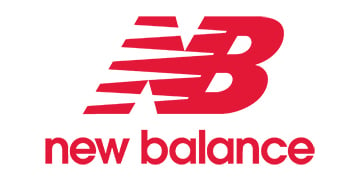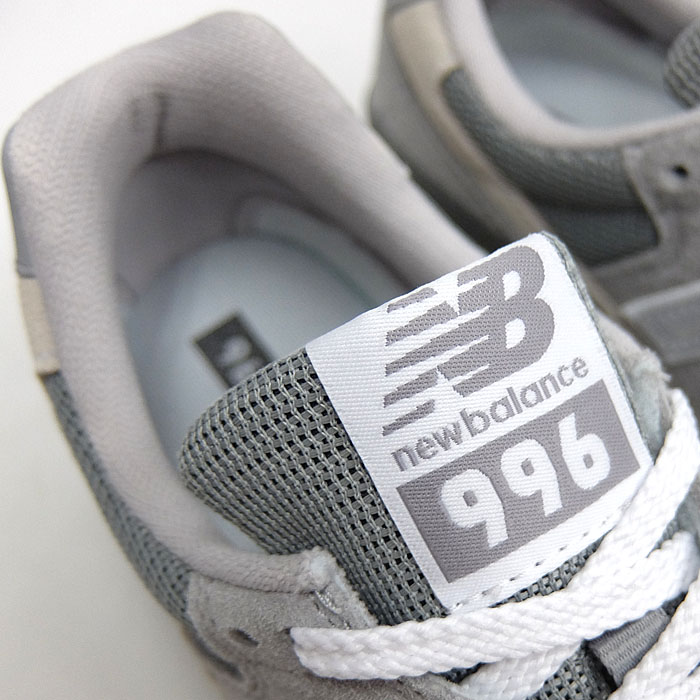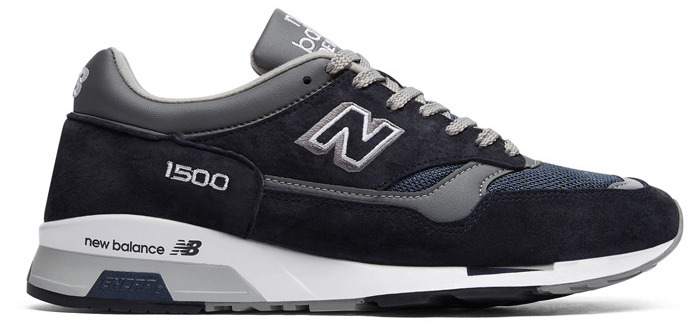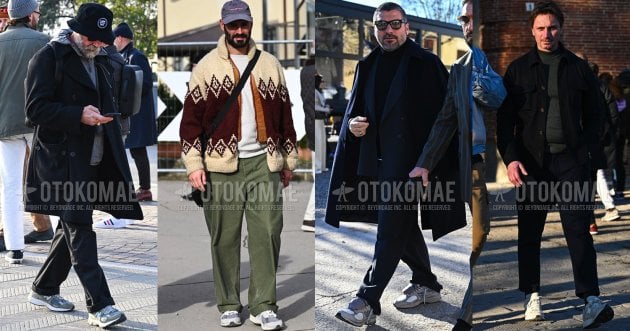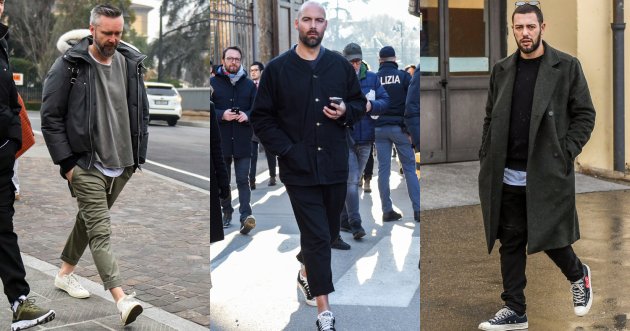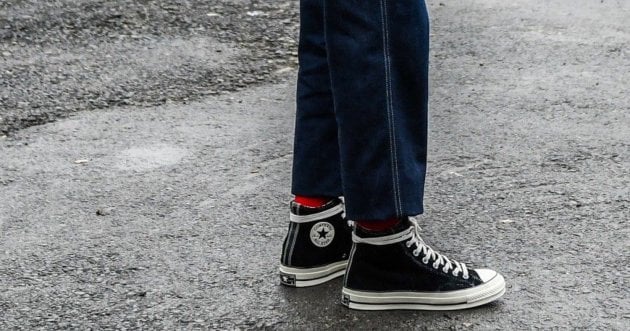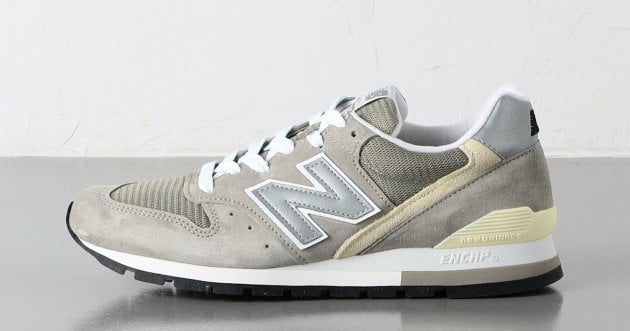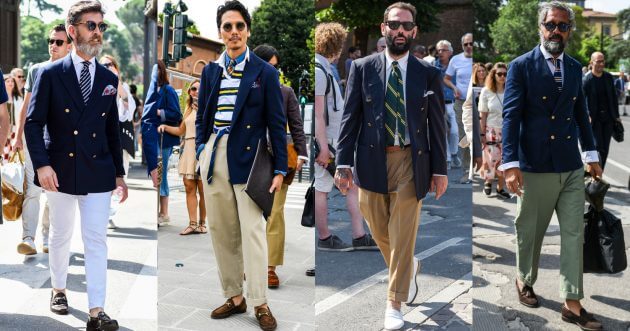
New Balance sneakers continue to attract fans around the world with their outstanding comfort and retro running style. In this issue, we will introduce the history of New Balance, the meanings of model names, notable coordinates, and classic items!
CONTENTS
Suponsered by
The History of New Balance
New Balance was founded in Boston in 1906 by William J. Riley, who came to America from Ireland. In order to absorb shock and improve walking and running performance, New Balance has developed the “Arch Support Insole,” an insole that supports the three arches of the foot, consisting of the heel, base of the little toe, and base of the thumb, the “ball of the thumb. The company is a sneaker brand that was formerly known as “Arch Support Insole,” an insole that supports the three arches of the sole of the foot, and a manufacturer of orthopedic shoes to correct flat feet. One day in his backyard, Riley was amazed at the perfect balance of the three clawed feet of a chicken standing steadily, and he came up with the idea of a flexible arch support insole with three support points. New Balance’s knowledge of foot anatomy and deep understanding of orthopedics and exercise physiology led to the development of corrective footwear, and in 1938 the company’s first running shoes were introduced. Danny McBride, a member of a local Boston running club, used them in a road race and was very successful, and the name New Balance spread quickly, bringing a new sense of “new” (new) and “balance” (balance).
In 1961, the company began producing the ” Track Star,” the world’s first running shoe with a grippy, wavy sole, and schools around Massachusetts adopted this model as their track and cross-country shoe. However, at the time, New Balance had only six employees and a daily production scale of 36 pairs, so sales were sluggish despite the company’s high reputation. James S. Davis, the current chairman of the board of New Balance Athletics Inc. acquired the brand on the day of the 1972 Boston Marathon, and with his expertise in sales and marketing, he engaged in the development of the shoes by running them himself. He established the original shoe concept “Instep Racing. This was the beginning of New Balance’s rise to become one of the world’s largest sneaker brands.
View this post on Instagram
New Balance Brand Philosophy
New Balance continues to offer innovative sneakers that incorporate the latest technologies, such as the world’s first foot width selection to accommodate all athletes, and the development of the ripple sole with excellent grip. The brand’s philosophy can be seen in the fact that the company dares to use a unique model number instead of the name of the sneaker.
What do the letters and numbers attached to New Balance sneakers mean?
Because New Balance has maintained the spirit that every pair of shoes is unique, each model is assigned a six- to seven-digit code consisting of a letter representing the gender, a model number representing the style, and a letter representing the color.
First, the alphabet in front of the number indicates the gender and the type of trainer: a single letter indicates M=Men’s, W=Women’s; two letters indicate MT=Men’s Trail, WT=Women’s Trail, MW=Men’s Walking, WW=Women’s Walking, MX= Men’s Cross Training, WX=Women’s Cross Training, MC / MCH / MCY=Men’s Tennis, WC / WCH / WCY=Women’s Tennis, US=Made in the USA, CM=Cheap Asian-made model. (*Models custom-made for exclusive collaborations are denoted by two letters: CM for men’s and CW for women’s) The first one or two numbers in the model number representing the style that follows indicate the technology incorporated into the shoe, and generally, the higher the number, the better technology and quality is reflected.
The last two digits of the model number following that number indicate the type of shoe, such as 40 (optimal control), 50 (fitness running), 60 (stability), 70 (light stability), 80 (neutral), or 90 (speed). The two or three letters added to the end of the code indicate the coloring, which in the case of the “BWG” designation means blue/white/gray.
2/5GO TO NEXT PAGE
